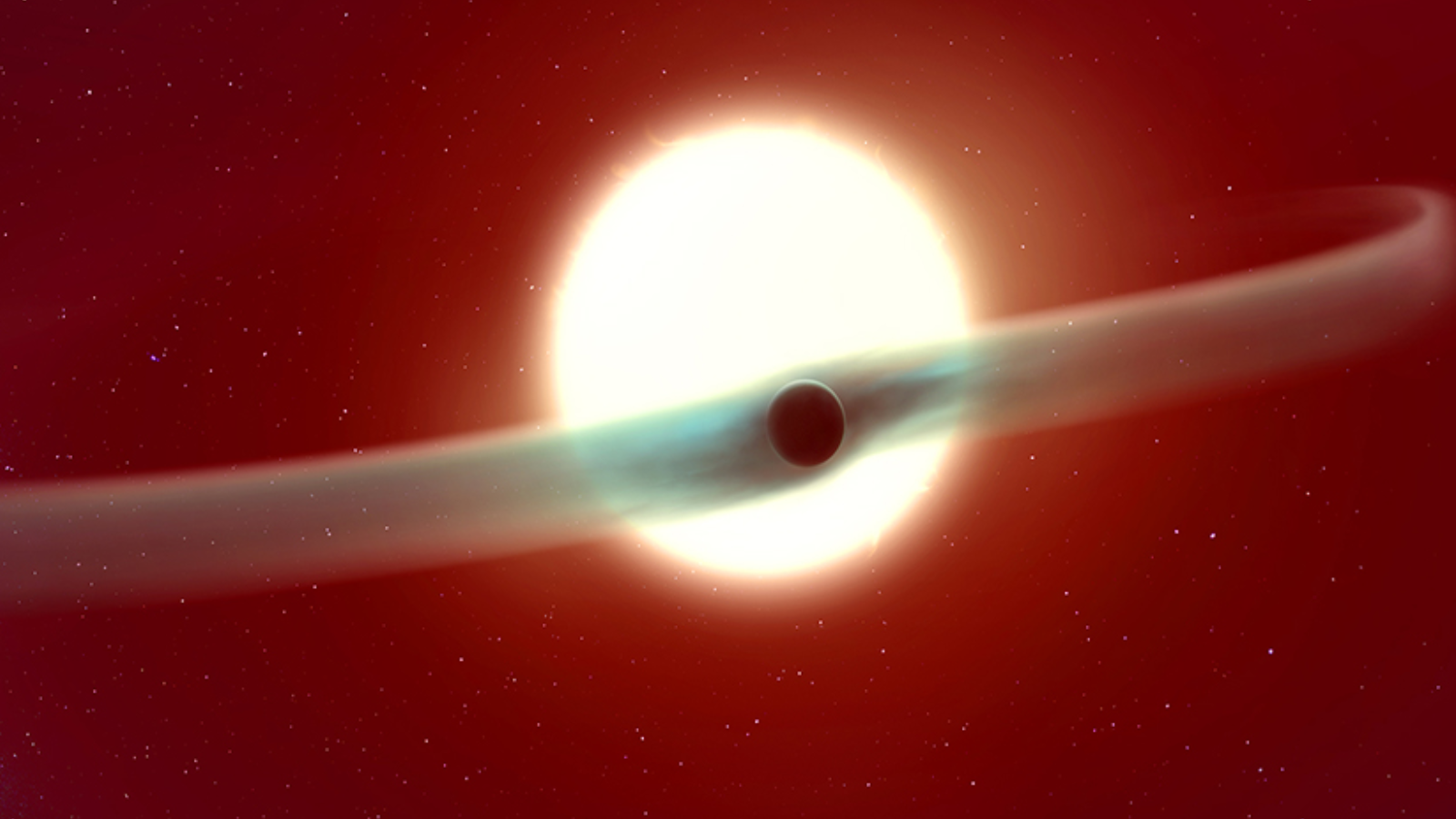A projectaiming to create an easier way to measure cosmic distances has instead turnedup surprising evidence that our large and ancient universe might be even biggerand older than previously thought.
Ifaccurate, the finding would be difficult to mesh with current thinking abouthow the universe evolved, one scientist said.
A researchteam led by Alceste Bonanos at the Carnegie Institution of Washington has foundthat the TriangulumGalaxy, also known as M33, is about 15 percent farther away from our ownMilky Way than previously calculated.
Thefinding, which will be detailed in an upcoming issue of AstrophysicalJournal, suggests that the Hubble constant, a number that measures the expansionrate and age of the universe, is actually 15 percent smaller than other studieshave found.
Currently, mostastronomers agree that the value of the Hubble constant is about 71 kilometersper second per megaparsec (a megaparsec is 3.2 million light-years). If thisvalue were smaller by 15 percent, then the universe would be older and biggerby this amount as well.
Scientistsnow estimate the universe to be about 13.7 billionyears old (a figure that has seemed firm since 2003, based on measurementsof radiation leftover from the Big Bang) and about 156 billionlight-years wide.
The newfinding implies that the universe is instead about 15.8 billion years old and about180 billion light-years wide.
Breaking space news, the latest updates on rocket launches, skywatching events and more!
A newway to measure distance
Theresearchers reached their surprising conclusion after using a new method theyinvented to calculate intergalactic distances, one that they say is moreprecise and requires fewer steps than standard techniques.
"Wewanted an independent measure of distance--a single step that will one day helpwith measuring darkenergy and other things," said study team member Krzysztof Stanek fromOhio State University.
The newmethod took 10 years to develop and relied on optical and infrared measurementsgathered from telescopes all around the world. The researchers looked at abinary star system in M33 where the stars eclipsed each other every five days.Unlike single stars, the masses ofpaired stars can be preciselycalculated based on their movements. With knowledge of the stars' masses,the researchers could calculate their true luminosities, or how bright theywould appear if they were nearby.
Thedifference between the true luminosity and the observed luminosity gives thedistance between the stars and Earth. The team's results suggested that the starswere about 3 million light-years from Earth--or about half-a-million light-yearsfarther than would be expected using the commonly accepted Hubble constantvalue.
'Notimpossible'
LawrenceKrauss, a professor of astronomy and chair of the Department of Physics at CaseWestern Reserve who was not involved in the study, said the idea of asignificantly reduced Hubble constant would be hard to accommodate.
"Thingsfit right now very well for a Hubble constant of a low 70s," Krauss saidin a telephone interview. "It corresponds very well with the age ofglobular clusters as we've determined them and the age of the universe. Itwould be hard, although not impossible, to change things by 15 percent."
Stanek saidhis team plan to follow up their finding with distance measurements for eitheranother binary star system in M33 or to look for a binary system in another galaxy, perhaps Andromeda.
"It'sextremely important to have independent measurements of the Hubbleconstant," Stanek told SPACE.com. "That's what we're workingtowards."
- Top 10 Star Mysteries
- 'Astounding' Findings Pin Down Age of Universe, Birth of First Stars
- Universe Measured: We're 156 Billion Light-years Wide!
- Cosmic Yardsticks: Pulsing Stars Unlock Universe's Secrets
- The 10 Brightest Stars
Ker Than is a science writer and children's book author who joined Space.com as a Staff Writer from 2005 to 2007. Ker covered astronomy and human spaceflight while at Space.com, including space shuttle launches, and has authored three science books for kids about earthquakes, stars and black holes. Ker's work has also appeared in National Geographic, Nature News, New Scientist and Sky & Telescope, among others. He earned a bachelor's degree in biology from UC Irvine and a master's degree in science journalism from New York University. Ker is currently the Director of Science Communications at Stanford University.
